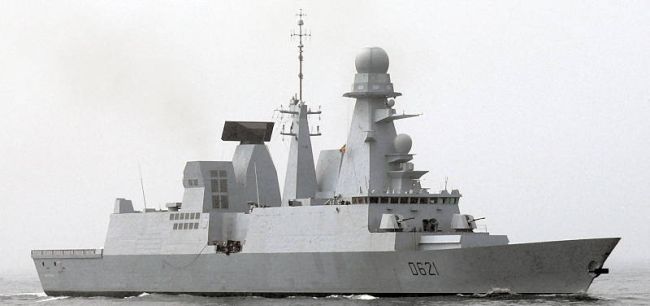Commanders Tout Value of Training Indigenous Forces
American Forces Press Service
WASHINGTON, March 17, 2010 — The military’s increasing practice of training and equipping indigenous forces to counter terrorism in their home countries is a highly decisive, comparatively low-cost approach to fighting global terrorism, the commanders of U.S. Central Command and U.S. Special Operations Command said here today.
In their second day of testifying on Capitol Hill, Army Gen. David H. Petraeus, head of Central Command, and Navy Adm. Eric T. Olson, head of Special Operations Command, told the House Armed Services Committee that the training and equipping of militaries in Afghanistan, Pakistan, Yemen and elsewhere is money well spent.
“It’s a heck of a lot cheaper,” Petraeus told committee members, to fund and train Afghan forces in counterterrorism than it is to keep even a small contingent of U.S. forces there indefinitely.
“I think the lesson in the fight against extremism is that you have to put pressure on the transnational extremists wherever they are,” the general said. “You can’t do ‘whack-a-mole.’ If all you do is prevent Afghanistan from being the sanctuary that it was, then yes, we have to succeed in that and also have our Pakistan partners be the ones doing the fighting on the ground [in Pakistan].”
Meanwhile, Olson said, U.S. special operations forces “are engaged in low-level training in countries across the region in which our adversaries may move when they ultimately are forced out of Afghanistan.”
The Defense Department’s fiscal 2011 budget request would increase funding for special operations forces by 4.6 percent, allowing for the command’s continued training and equipping of foreign militaries while increasing troop strength and procuring new equipment, Olson said.
Olson outlined the way ahead for special operations, asking that Congress fully fund his baseline request of $6.3 billion and an additional $3.5 billion for overseas contingency operations. Special Operations Command, he said, synchronizes global operations against terrorist networks, supports plans formulated by regional commanders and makes recommendations to Pentagon leadership on funding allocations.
Of the command’s 12,000 forces, roughly 10,000 are deployed in the Central Command area, which covers Iraq, Afghanistan and the broader Middle East, Olson said.
If approved, the new budget would fund an additional 2,700 special operations forces, an increase of 4.6 percent, the admiral said. He noted that annual growth has averaged around 3 percent, “a strategy intended to retain the best while adding additional manpower only as it can be recruited, trained, absorbed, and deployed.”
Olson noted the increasingly specialized expertise of special operations forces. “Central to our contribution are our career, multi-dimensional operators; individuals adept in defense, diplomacy, and development,” he said, noting that they often are locally grounded in their areas of responsibility, are diplomatically astute, and are experts in specialized tactical skills. “It is demanding work,” the admiral told the committee.
But the number of people who are both eager and qualified to serve as operators is limited, he added, and the command depends on the services to maintain recruitment and retention.
Special operations forces use both direct and indirect approaches to counter terrorism around the world, Olson explained. In the direct approach, forces capture, kill and interdict extremist networks and resources. “The direct approach is urgent, necessary and largely kinetic,” he said. “These effects, while significant in the short term, are not by themselves decisive.”
In the indirect approach, an authorization the command has had since 2005, special operations forces train and equip indigenous forces to take over the fight, Olson said. The authority is a “key tool for our widely dispersed and often-isolated special operations forces around the world,” he said.
The spending authority has resulted in many successful counterterrorist operations by allowing for “essential access” to locations, people and information, the admiral said.
“The enduring results come from indirect approaches those in which we enable partners to combat extremist organizations themselves by contributing to their capabilities,” he said.
Direct and indirect approaches must be carefully balanced, Olson said. “While the direct approach is often necessary and has immediate impact, it essentially creates time for the indirect approach to achieve lasting outcomes through other means.”
Source:
U.S. Department of Defense
Office of the Assistant Secretary of Defense (Public Affairs)

 von
von 